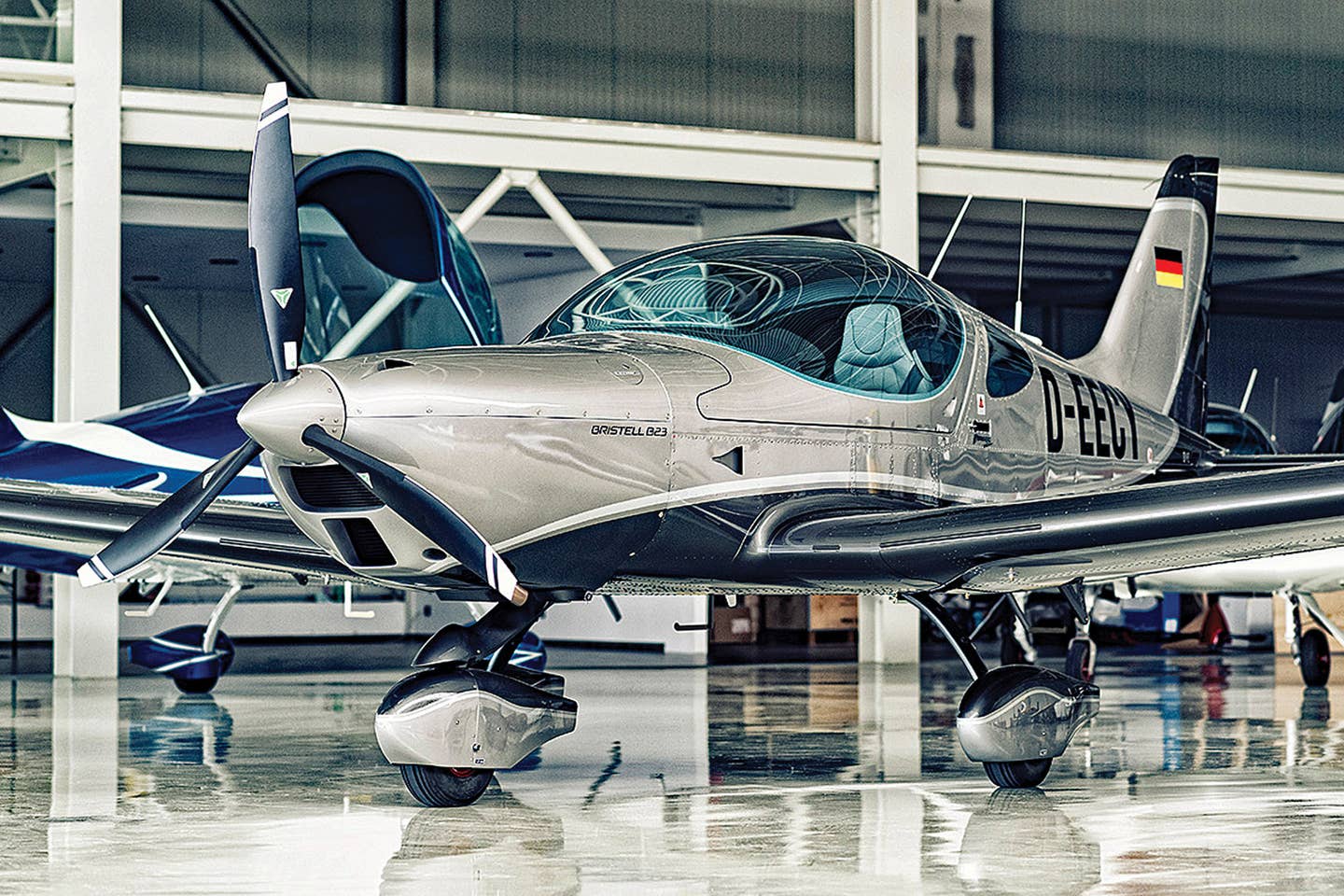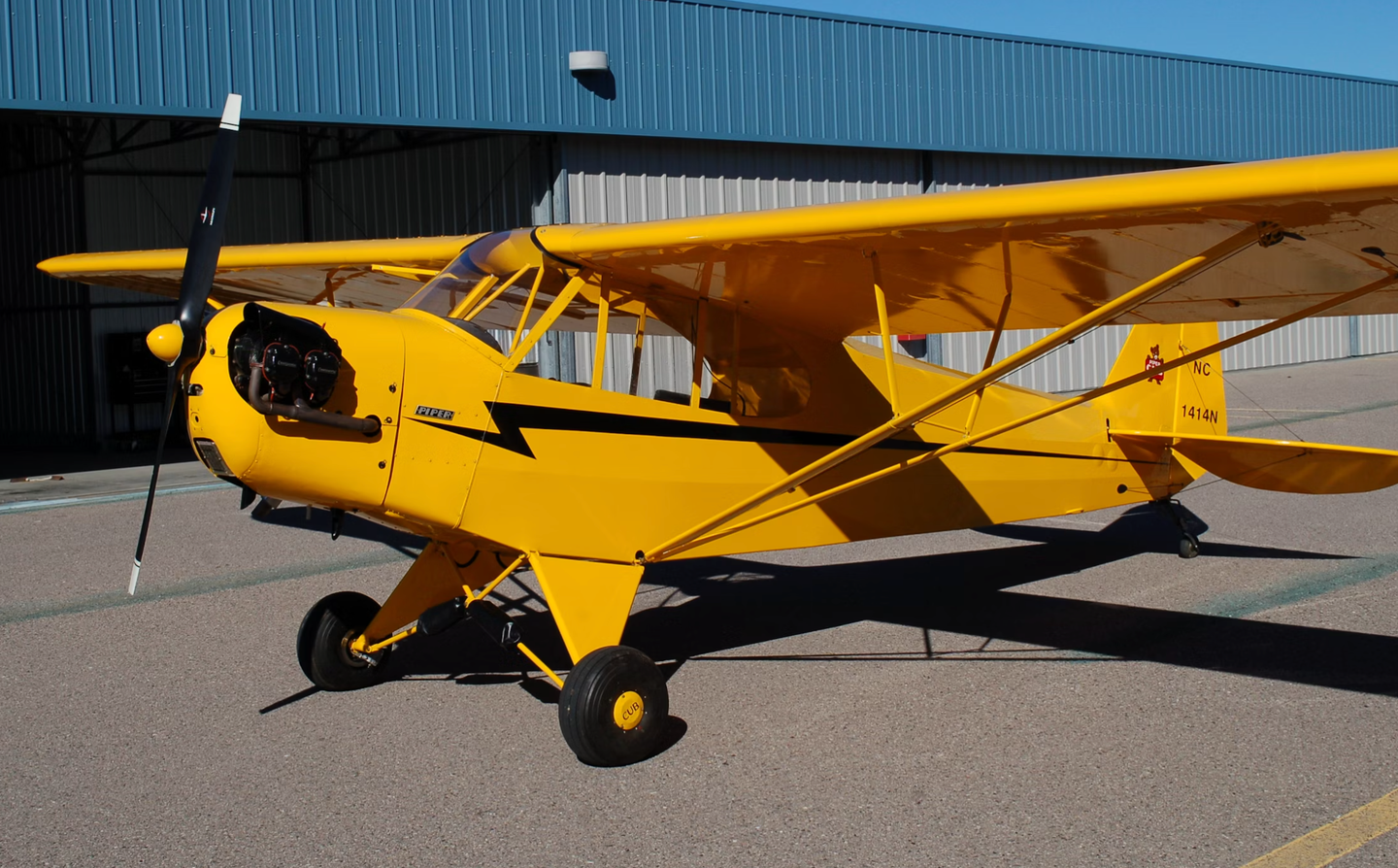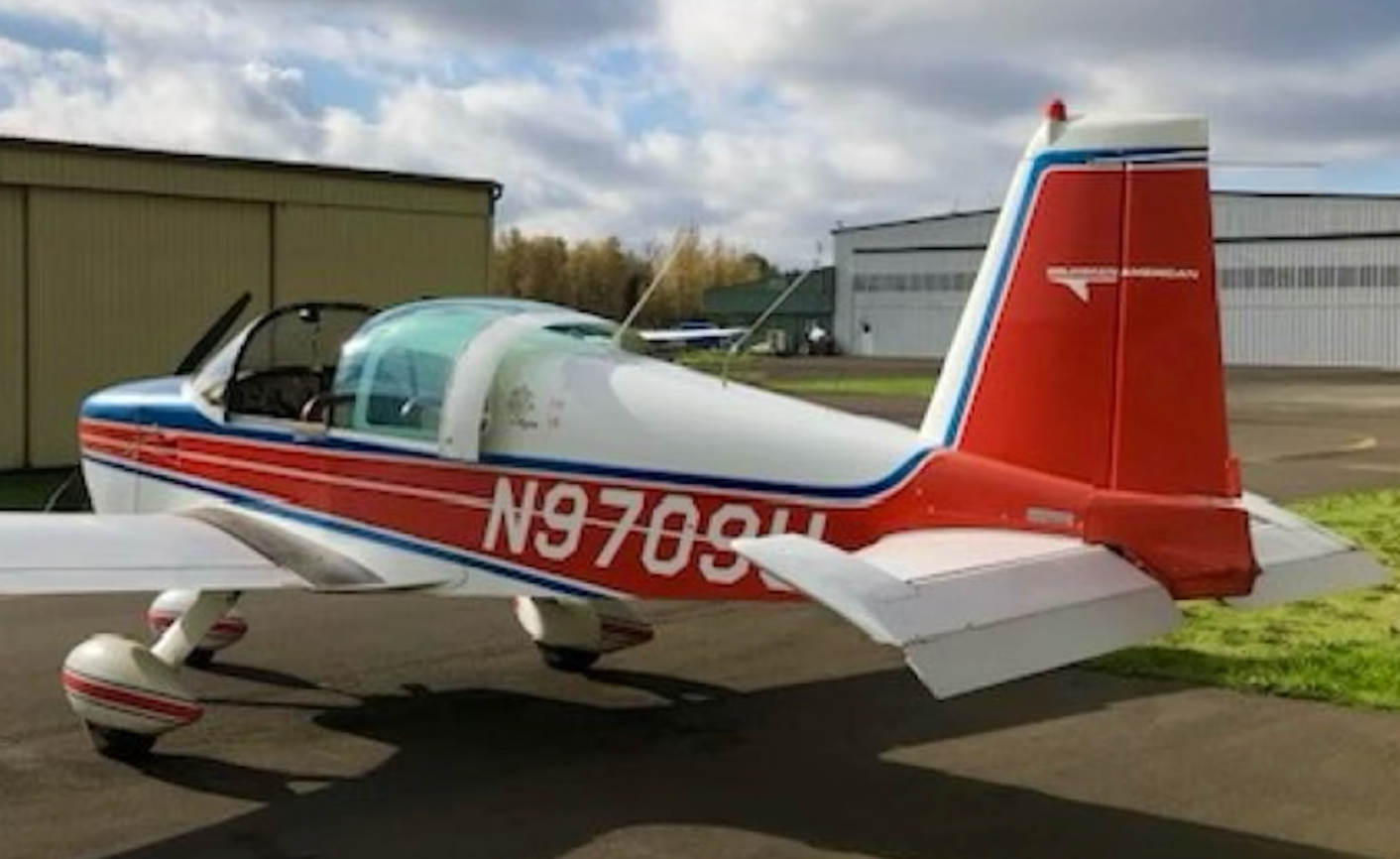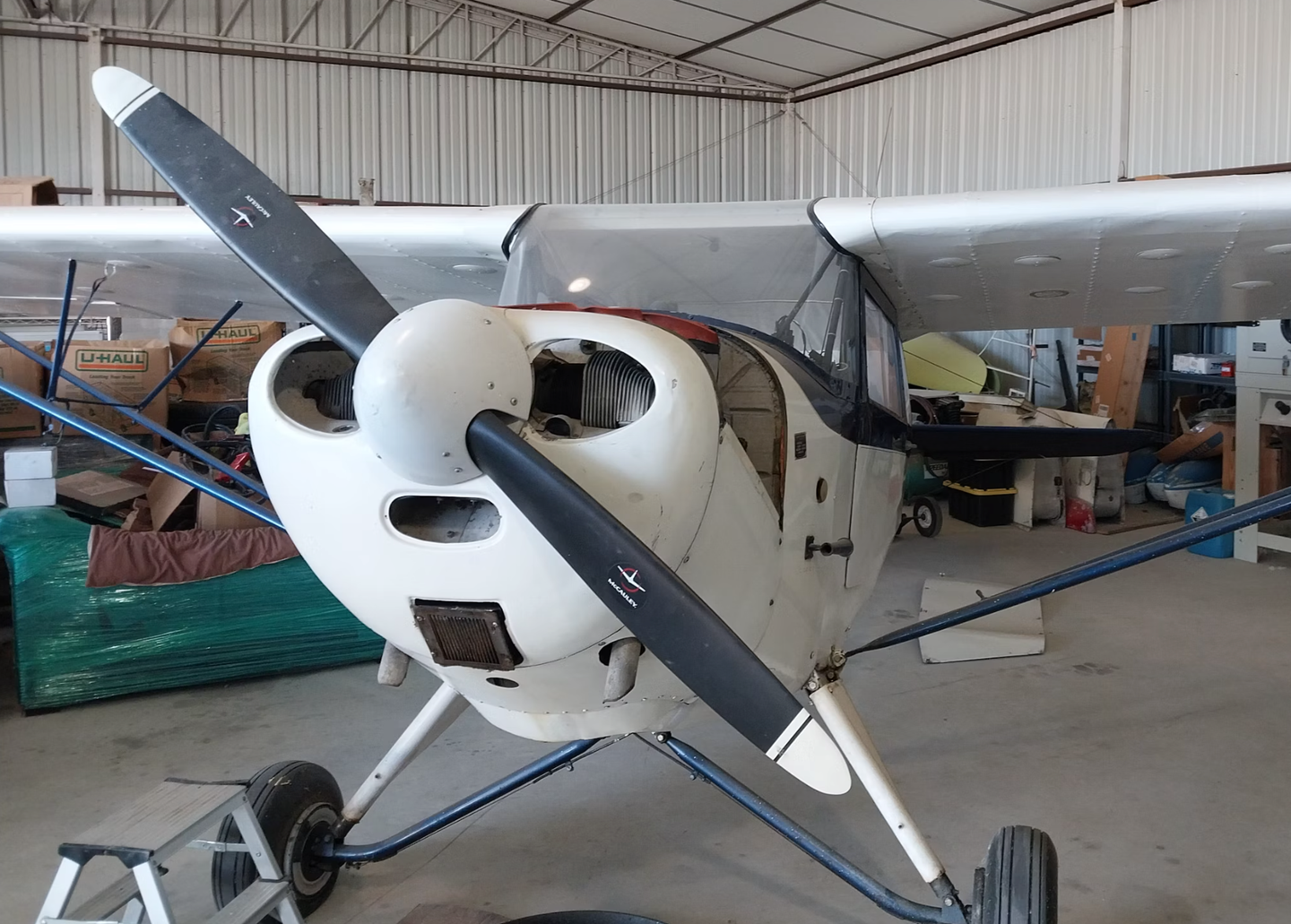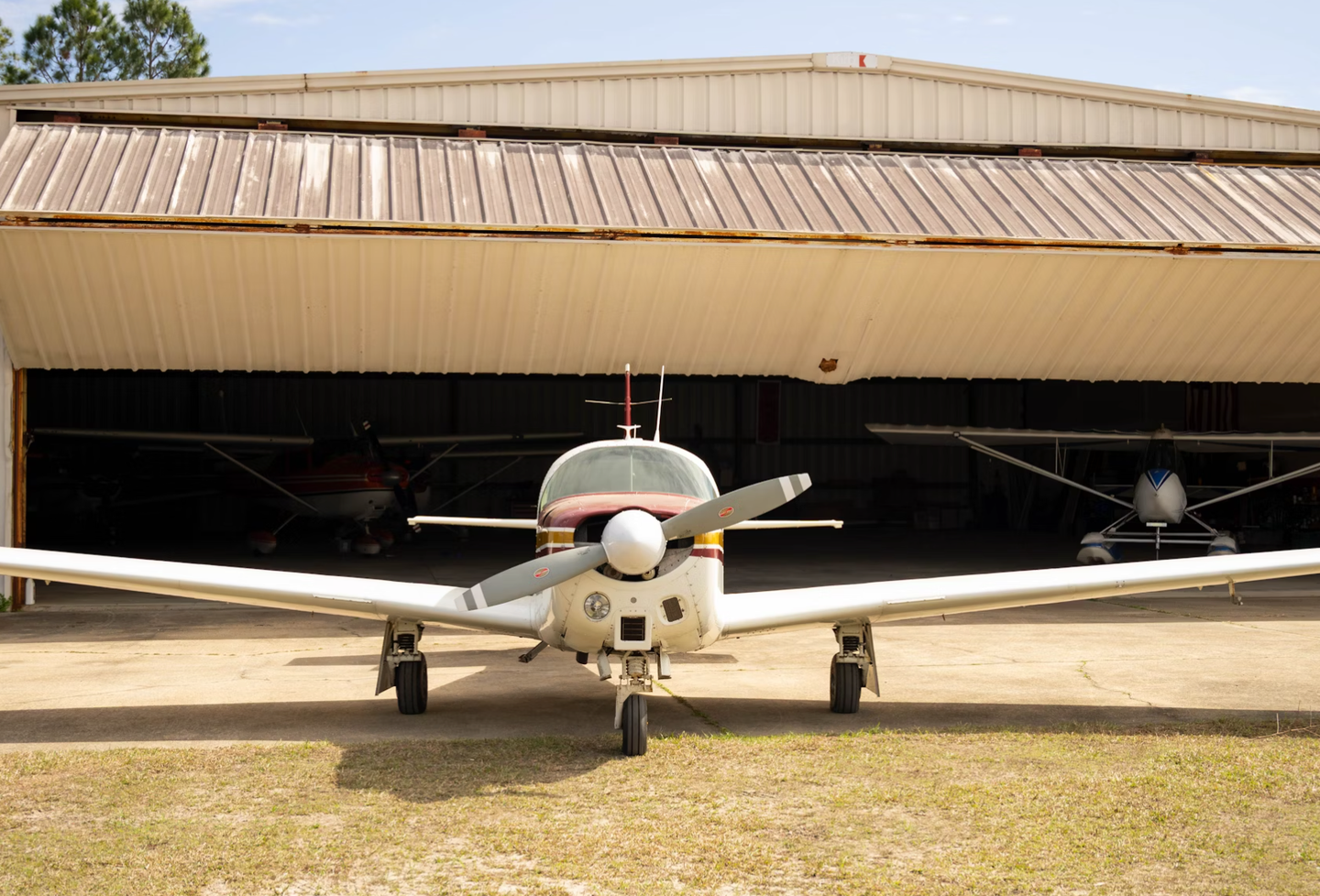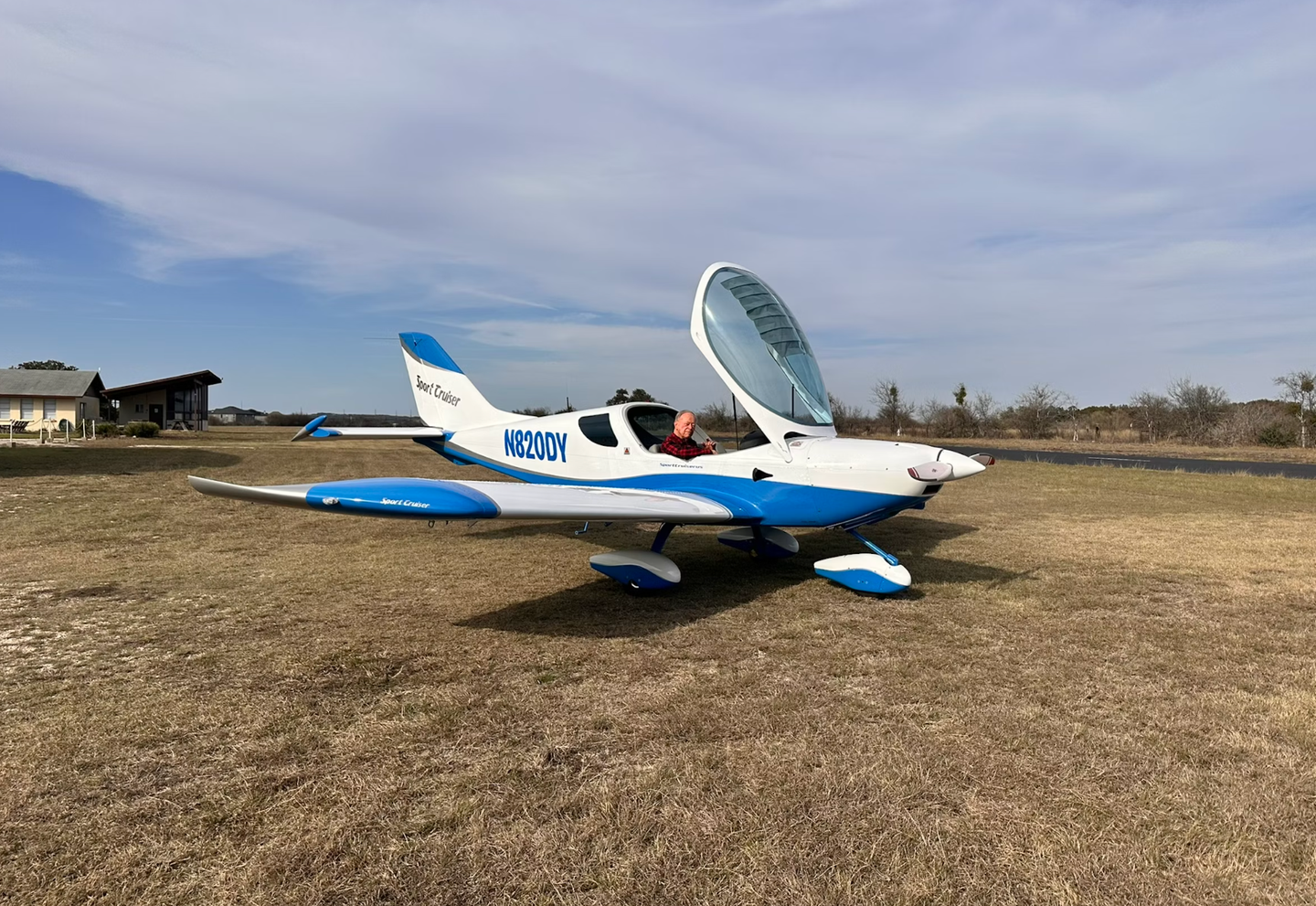Kitplanes For Africa Bush Planes Are Big. Really Big.
Editor’s note: This article first appeared on ByDanJohnson.com. I first ran into Stefan Coetzee and KFA at Aero Friedrichshafen, my favorite light aircraft show in Europe. I was caught by…
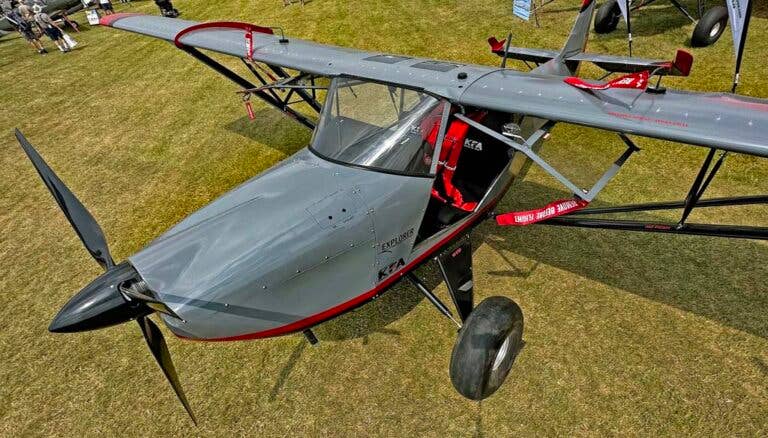
[Credit: Dan Johnson]
Editor's note: This article first appeared on ByDanJohnson.com.
I first ran into Stefan Coetzee and KFA at Aero Friedrichshafen, my favorite light aircraft show in Europe. I was caught by the clever name. Easy to say, “KFA” sticks in your mind like a catchy tune.
Kitplanes For Africa sounds like a company making aircraft that should have superior bush capabilities. It was a handsome aircraft and I felt readers would enjoy it but they had no American representation at the time so I filed the discovery away under: “Promising.”
The bigger and more accurate picture is that KFA is yet another light aviation success story for South Africa*.
Almost half-way around the world, South Africa fell out of many conversations once the apartheid struggle finally ended in the 1990s. Yet despite years of ugly headlines, the country’s interest in aviation has been strong and building. Companies are producing lots of aircraft. (The Aircraft Factory alone produces 20 Sling aircraft each month, and has plans to increase to 30, employing almost 500 personnel.)
KFA was begun roughly when apartheid ended, so it shares no history with that difficult period. However, this timeline also illustrates the 30 years in business this builder has been active. More than 300 of their Bushbaby designs were sold and Coetzee reports strong business today.
Welcome to America…via Canada
An early enthusiast in the Americas was Canadian Vince Scott, a six-foot-eight tower of a man… and yes, he fits. Even his entry looked straightforward. For someone of my average stature, Safari XL looks huge inside. Coetzee enjoyed referring to “Hamburgers,” hinting at Yankee pilots who enjoy a good meal or three every day. Those well-fed pilots will love this enlarged bird. In fact, I think most pilots would look admiringly upon the large interior volume of Safari XL.
The gray-over-black Explorer looks familiar to Oshkosh attendees. I overheard more than one person say it “looks like a Kitfox.” This comment is not original or accurate because even Kitfox started out as a modification of an Avid Flyer, the true original of this planform by designer Dean Wilson 40 years ago. Many other variations on the theme have been developed over the decades.
Coetzee maintains that while similarities exist, Explorer is different in almost every element, “I don’t believe any part on this airplane would work on a Kitfox,” he said. Over several iterations — Bushbaby to Explorer to Safari to Safari XL — the design evolved like many do when engineers find a way to improve.
Safari XL has a particularly interesting story, one that I think many Americans will appreciate.
The XL model, made to fit tall Vince is six inches wider, almost two inches taller inside and about 15 inches longer. People who know about these numbers realize that those few added inches make for a significantly larger interior. Climb inside and it feels spacious. Bowed-out doors help (many aircraft use this technique) but Safari would feel large even with flat doors. Then, consider the luggage area.
Loading luggage into many aircraft is often an awkward hassle but KFA created a luggage door large enough for a good size suitcase. A couple sets of golf clubs would fit, noted Coetzee, and you can see in the image KFA has also accommodated lengthy fishing poles (arrow).
While Explorer fits the LSA description closely at 1,320 pounds gross, Safari XL bumps that up another 100 kilos to 1,543 pounds. Until 2025 when Modernization of Special Airworthiness Certificates (MOSAIC) throws open the door, Safari XL will come to the USA as a kit. Explorer has met German standards and could likely qualify for special light sport aircraft (SLSA) status but this work remains in the future. The good news is that KFA has long been a kit supplier, so they see supporting builders as a normal duty.
When MOSAIC finally arrives, Safari XL will easily qualify, even if equipped with an in-flight adjustable propeller. An even larger model is well into development, Coetzee hinted, so his company—like many in the light aircraft space — is gearing up for the added capabilities we are getting with MOSAIC…assuming the final rule looks much like the NPRM proposal we have been studying in recent days.
Even though Safari XL must be Experimental Amateur Built, KFA is happy to support different skill sets with a variety of kit packages. Beside the basic kit that may consume 700 hours, the company offers at least two levels that are commonly called quick-build kits.
Coetzee's humorous reference to “hamburgers” brings home the fact that even if you and your best flying buddy may not be large fellows or gals, extra space inside is almost always appreciated (except maybe by the go-as-fast-as-possible crowd). If you are built large, this airplane will fit. Six-eight Vince looked comfortable when I asked him to model his plane for me.
Safari XL — and its slightly smaller Explorer sibling model — offer another interesting choice for pilots and brings to the market a design refined over many years.
ARTICLE LINKS:
- Kitplanes For Africa, contact info and content on this website
- Website for North American distributor Drake Aviation Adventures (website remains under construction at publishing time)
- Until their Drake website is available, contact info appears here
- Complete kit description of KFA kits in PDF form
* Just off the top of my head, I can recall these manufacturers… The Airplane Factory (Sling), SkyReach (Bushcat), Bathawk, Rainbow, and now KFA plus a business in South Africa worked closely with Jabiru to build those aircraft. I’ll bet I missed a few. Not bad for a country of 60 million located a great distance from other established aviation development centers.

Subscribe to Our Newsletter
Get the latest Plane & Pilot Magazine stories delivered directly to your inbox

